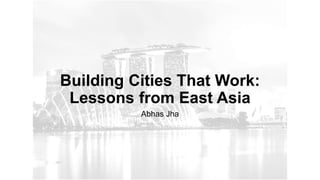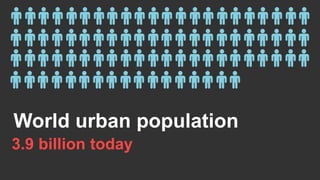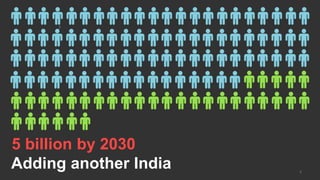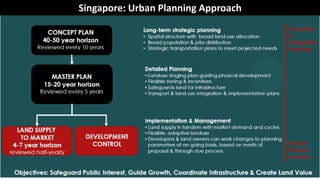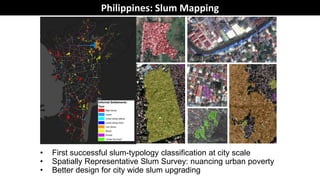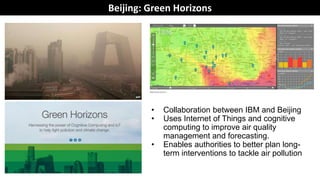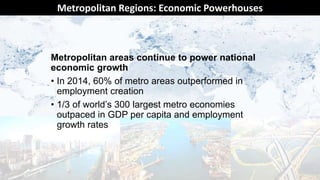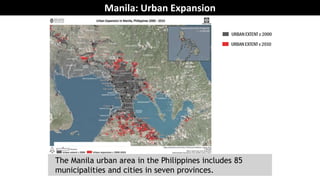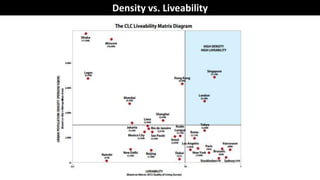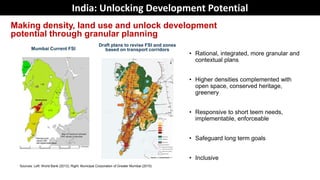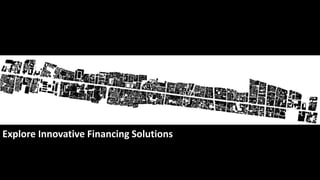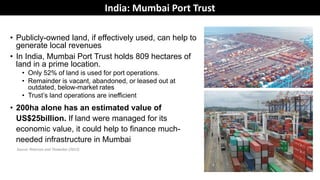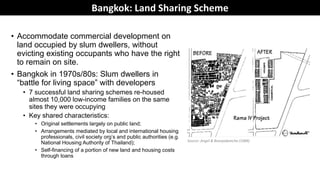This document discusses lessons for building successful cities from East Asia. It notes that the world's urban population is growing rapidly and will require cities to work effectively. Key lessons include adopting long-term integrated planning approaches based on evidence; capitalizing on metropolitan regions and density around transit; exploring innovative financing; and enabling effective land markets. Case studies from cities like Singapore, Shanghai, and Bangkok illustrate approaches like land value capture, transit-oriented development, and land sharing that have supported growth while addressing challenges of urbanization. The overall message is that strategic, implementation-focused planning is needed to harness the potential of expanding urban and metropolitan areas.
